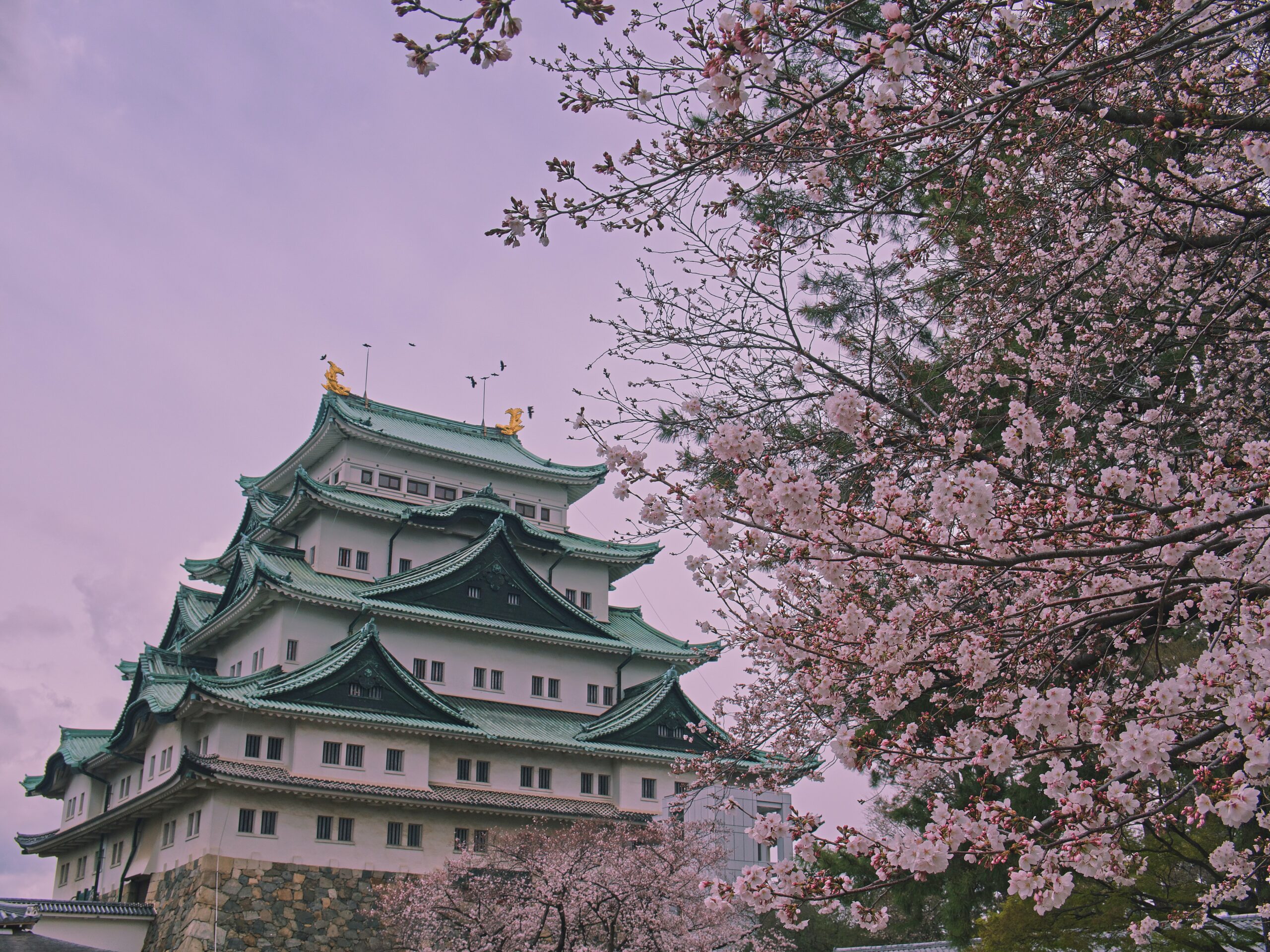Nagoya Castle is one of Japan’s most iconic landmarks and a symbol of the country’s rich cultural heritage. Located in Nagoya City, Aichi Prefecture, the castle is renowned for its unique architectural design, historical significance, and cultural value. This article explores the history of Nagoya Castle, from its origins to its eventual restoration, and highlights its importance as a legacy of samurai power and architectural brilliance.
Origins of Nagoya Castle
The origins of Nagoya Castle can be traced back to the early 1600s, during Japan’s Edo period. The castle was commissioned by the Owari clan, one of Japan’s most influential feudal lords, as a symbol of their power and authority in the region. The Owari clan had previously resided in Kiyosu Castle, but they needed a new residence to consolidate their power and control over the region.
Construction of Nagoya Castle
The construction of Nagoya Castle began in 1610 and was completed in 1612. The castle’s design was unique, featuring a two-story main keep and several secondary keeps. The castle’s design was influenced by several architectural styles, including the Azuchi-Momoyama period and the Tokugawa period. The castle was also designed with several defensive features, including moats, stone walls, and turrets.
Significance of Nagoya Castle
Nagoya Castle played a significant role in the history of Japan, serving as the residence of the Owari clan for over 250 years. The castle was also used as a military stronghold during the Meiji period, when Japan underwent significant social and political changes. In addition to its military significance, Nagoya Castle also served as a center for cultural and artistic activities. The castle was renowned for its beautiful gardens, art collections, and tea ceremonies.
The Fall of Nagoya Castle
Despite its historical and cultural significance, Nagoya Castle was not immune to the ravages of time. In 1945, during World War II, the castle was destroyed by Allied bombing raids. The castle’s main keep, which had stood for over 300 years, was reduced to rubble. The destruction of Nagoya Castle was a significant loss for Japan’s cultural heritage and a reminder of the devastating impact of war.
Restoration of Nagoya Castle
In the years following World War II, there were several efforts to restore Nagoya Castle to its former glory. However, it was not until the 1950s that the Japanese government began to invest significant resources into the restoration project. The restoration process was a massive undertaking, involving several architects, historians, and craftsmen. The goal was to recreate the castle’s original design while incorporating modern materials and technology.
The restored Nagoya Castle was officially opened to the public in 1959, attracting thousands of visitors from around the world. Today, Nagoya Castle remains one of Japan’s most significant cultural and historical landmarks, attracting millions of visitors each year. The castle’s gardens, art collections, and tea ceremonies continue to be a source of inspiration and admiration for people from all over the world.
Summary
Nagoya Castle is a testament to Japan’s rich cultural heritage and history. The castle’s unique design, historical significance, and cultural value make it a must-see destination for anyone interested in Japan’s history and culture. Despite the challenges of war and destruction, Nagoya Castle has risen from the ashes, restored to its former glory and serving as a symbol of Japan’s resilience and determination.

